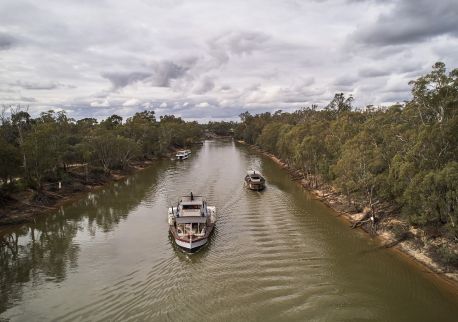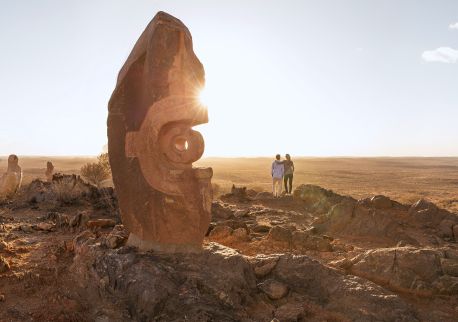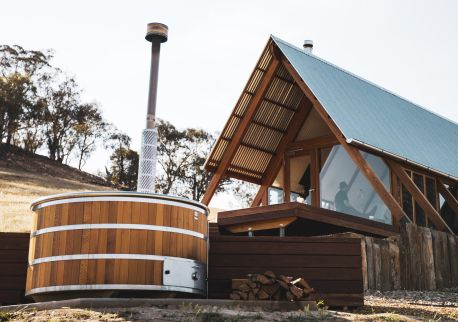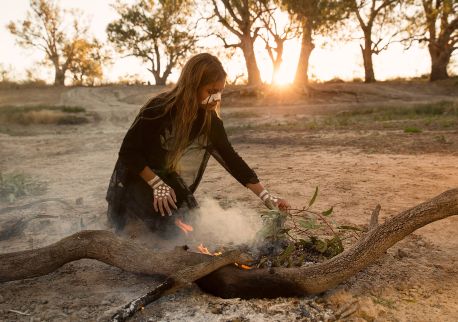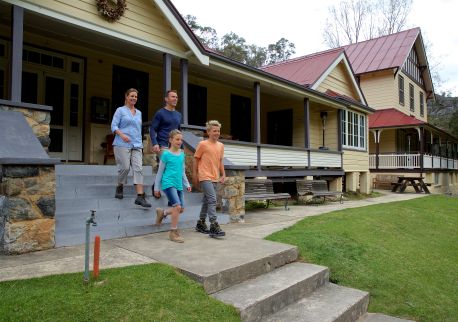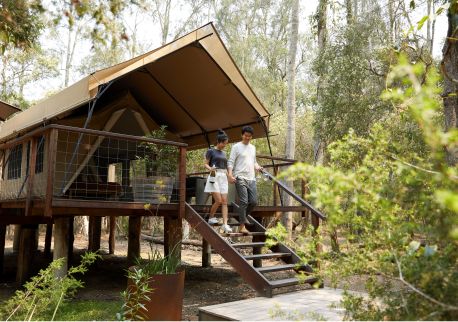Tambar Springs
Overview
Explore Tambar Springs – A Hidden Gem on the Black Stump Way
Nestled along the scenic Black Stump Way, Tambar Springs is a charming rural village just 75 km from Gunnedah, linking the Oxley and Golden Highways. Framed by the impressive Tambar Mountain in the Warrumbungle Range, this historic community began grazing in the 1830s, with settlement following in 1868.
Today, Tambar Springs thrives on cotton, wheat, beef, and sheep industries, yet offers visitors a warm country welcome. The village features a police station, public school, post office/general store with great coffee and takeaway, petrol, two churches, and a health centre. Tambar Park provides picnic tables, shaded play equipment, free electric BBQs, public toilets, and a water standpipe for travellers.
Don't miss the historic hotel, built in 1908, offering hearty meals, cold drinks, cocktails, live music, rustic accommodation, and RV-friendly facilities.
Tambar Springs proudly claims Australia's earliest World War I memorial (1918) and the highest per capita enlistment across both world wars. The Italian marble monument and iron gates inscribed "Lest We Forget" honour local heroes.
For something truly unique, follow the Diprotodon Trail—corrugated iron sculptures celebrating the 1979 discovery of the world's largest marsupial nearby. The fossil is displayed at Coonabarabran Visitor Centre.
Discover history, hospitality, and heritage in Tambar Springs!






